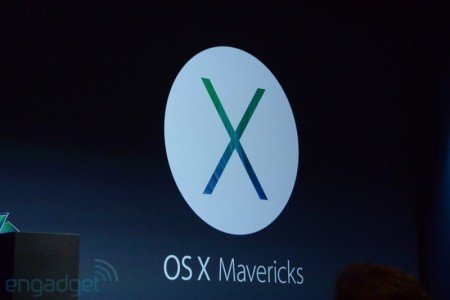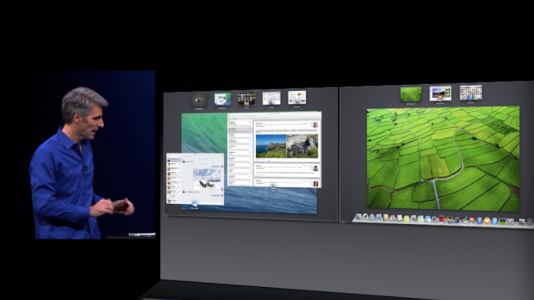Apple Announces OS X Mavericks With Finder Tabs, Tags and Multiple Displays
Tonight, Apple announced the launch of OS X Mavericks, an important change to the classic feline names we are used to. One of the first news announced by Apple is the Finder Tabs, and this function allows you to group in tabs multiple Finder’s windows, each with its own interface setting, each with its own location. Tabs Finder allows simple transfer of files between tabs, and allows users to use tabs in fullscreen on any Mac.
 A second important feature is the option to categorize files with different tags, these tags are displayed in the sidebar of Finder’s each tab. Selecting each tag you can see the files that are categorized with that tag, you can change the color of that tag and by pulling files in the tab of a tag, the file is automatically categorized with that tag. Of course search function allows tags to quickly find files based on that keyword tag, which is one of its utilities.
A second important feature is the option to categorize files with different tags, these tags are displayed in the sidebar of Finder’s each tab. Selecting each tag you can see the files that are categorized with that tag, you can change the color of that tag and by pulling files in the tab of a tag, the file is automatically categorized with that tag. Of course search function allows tags to quickly find files based on that keyword tag, which is one of its utilities.
The third important feature is Multiple Displays, it allowing you to display content from OS X on multiple displays. Basically you can transfer all of the applications window from one display to another by simply pulling on the main screen that window on the side. On the second screen you will see the information in OS X, you can drag files between open windows on both displays, but the interesting part is that from the mission control you have a separate overview of each screen separately. If you’re still not surprised then I tell you that Apple TV becomes a secondary or third display for Macs and will allow to use certain applications.
The new version of OS X includes iBooks and Maps applications specially designed for the big screen, so now you can read books more easily from the iBookstore, but you can find locations faster if you use Google Maps. OS X Mavericks will be released in the near future in Mac App Store, just like the last two versions of the operating system.
An important update for OS X could not come without streamline all the processes that happen in the back, so Apple promises improved battery life of the Mac, but also an increase in its performance. Compressed Memory and Nap App are two technologies that redirect energy applications open in the background to the used ones so that Macs resources will not be used unnecessarily. Implementation of this technology will reduce up to 72% of total consumption generated by the processor.






 OS X Mavericks
OS X Mavericks 